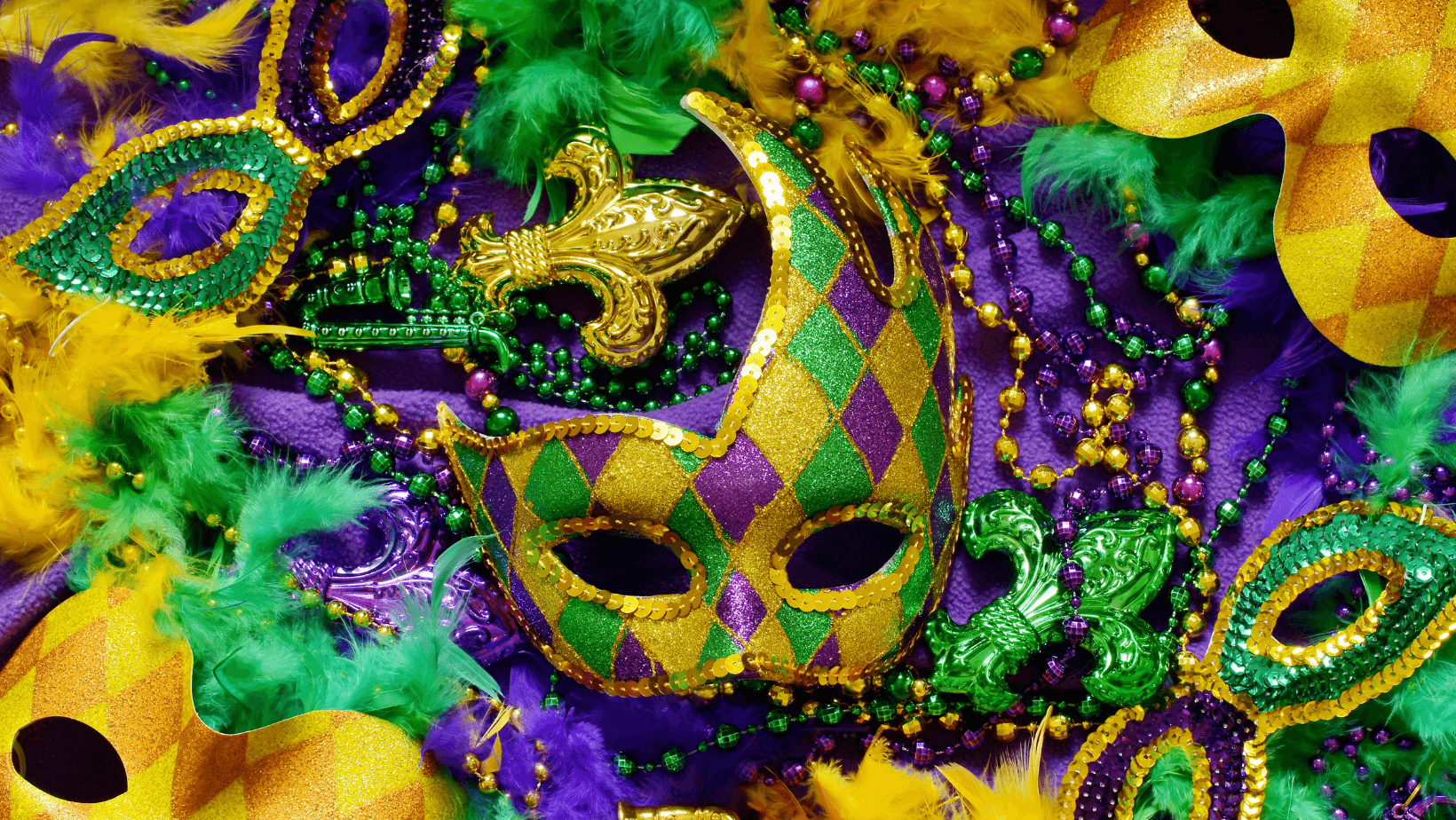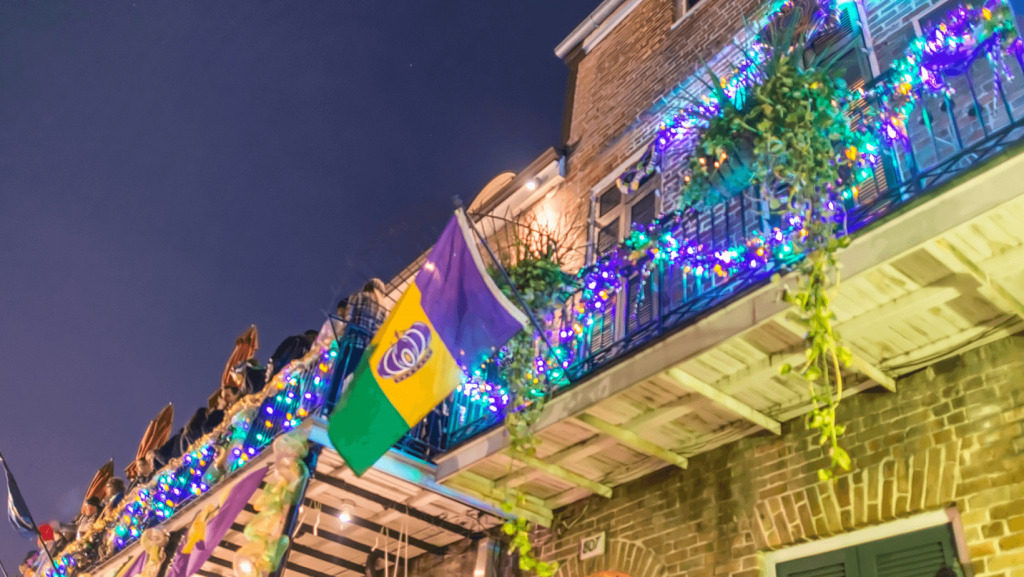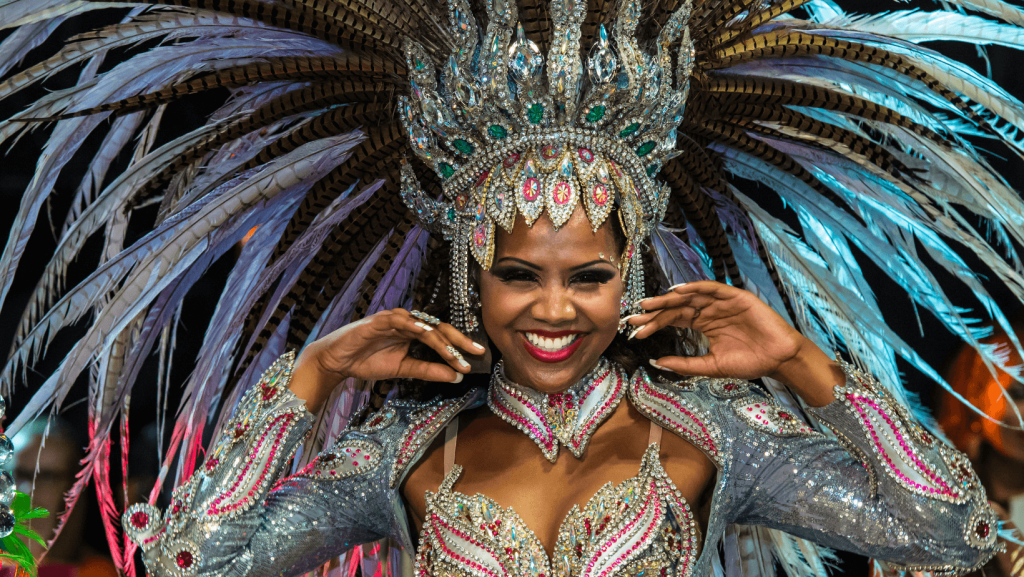
Mardi Gras Basics
Mardi Gras is a popular cultural phenomenon that dates back hundreds of years. The French name Mardi Gras translates to “Fat Tuesday,” which references the custom of using all the fats in the home and feasting before Lent to prepare for fasting. The celebrations surrounding the holiday are also known as Carnival or Carnaval.
Mardi Gras is celebrated in many countries around the world – primarily those with a large Roman Catholic population – on the day before Ash Wednesday when the religious season of Lent begins. In some areas, Carnival has evolved into a more elaborate affair, with festivals lasting a week or more.
It’s commonly believed that the traditions of the holiday trace back to pagan celebrations of spring and fertility, including the Roman festivals of Saturnalia and Lupercalia. When Christianity arrived in Rome, religious leaders incorporated these popular local traditions into the new faith. As a result, the excess and revelry of the Mardi Gras season became the prelude to Lent, the 40 days of fasting and penance between Ash Wednesday and Easter Sunday.

New Orleans Celebrations
The first American Mardi Gras took place on March 3rd, 1699, when French explorers landed near present-day New Orleans. They held a small celebration and named their landing spot Point du Mardi Gras. To this day, New Orleans remains the home of the most famous Carnival celebrations in the US. On average, 1.4 million Mardi Gras revelers visit New Orleans each year.
Some of the city’s most well-known traditions were established in 1857 when a secret society of New Orleans businessmen called the Mistick Krewe of Comus organized a torch-lit Mardi Gras procession with marching bands and rolling floats. Since then, krewes have remained a fixture of the Carnival scene throughout the state. Rex, one of the oldest krewes, has participated in the parades since 1872 and is credited with establishing purple, gold, and green as the iconic Mardi Gras colors. Each color has its own meaning – purple stands for justice, green for faith, and gold for power.
The New Orleans Carnival season kicks off on January 6th (known as Epiphany or the Twelfth Night) and ends on Mardi Gras. The celebratory season is marked with elaborate and revelrous parades, building up to Mardi Gras and the Rex parade. Visitors flock to the parades in the hopes of catching items thrown from the floats. In addition to the iconic beads, Zulu coconuts – coconuts painted and covered in glitter – are some of the most sought-after signature “throws” of the season.

Mardi Gras Celebrations Around The World
Perhaps the most famous modern Carnival is the annual five-day festival held in Rio de Janeiro, Brazil. The city receives an estimated two million revelers each day of Carnival, who flock there to enjoy elaborate costumes, masked balls, and parades. Local samba schools are a major part of Carnival, entertaining visitors with performances that include dancing, marching, and drumming.
In Italy, Venice’s Carnival is a significant draw for tourists. Venetian Carnival is thought to have originated as a celebration of a 12th-century military victory, meaning it has been part of the city’s history for nearly a thousand years. The most famous attractions of the festival are the elaborate masquerade balls thrown during the event.
Visitors looking for a unique Mardi Gras celebration may also want to add the town of Binche, Belgium to their bucket list. There, costumed men known as Gilles rove the streets all day on Mardi Gras, as part of a UNESCO-recognized festival, the Carnival of Binche. The full Gilles costume consists of a tunic, an ostrich feather hat, and a wax mask. While thousands of visitors attend each year, only men born in Binche, or those who have lived there five years or longer, are allowed to dress as Gilles.
Weekly Trivia
Enter your guess to reveal the answer.
